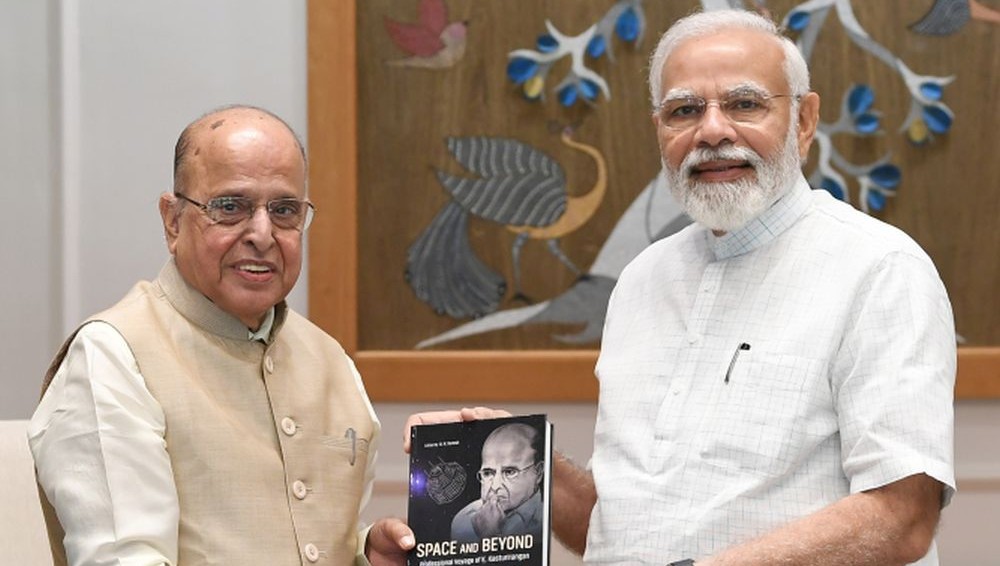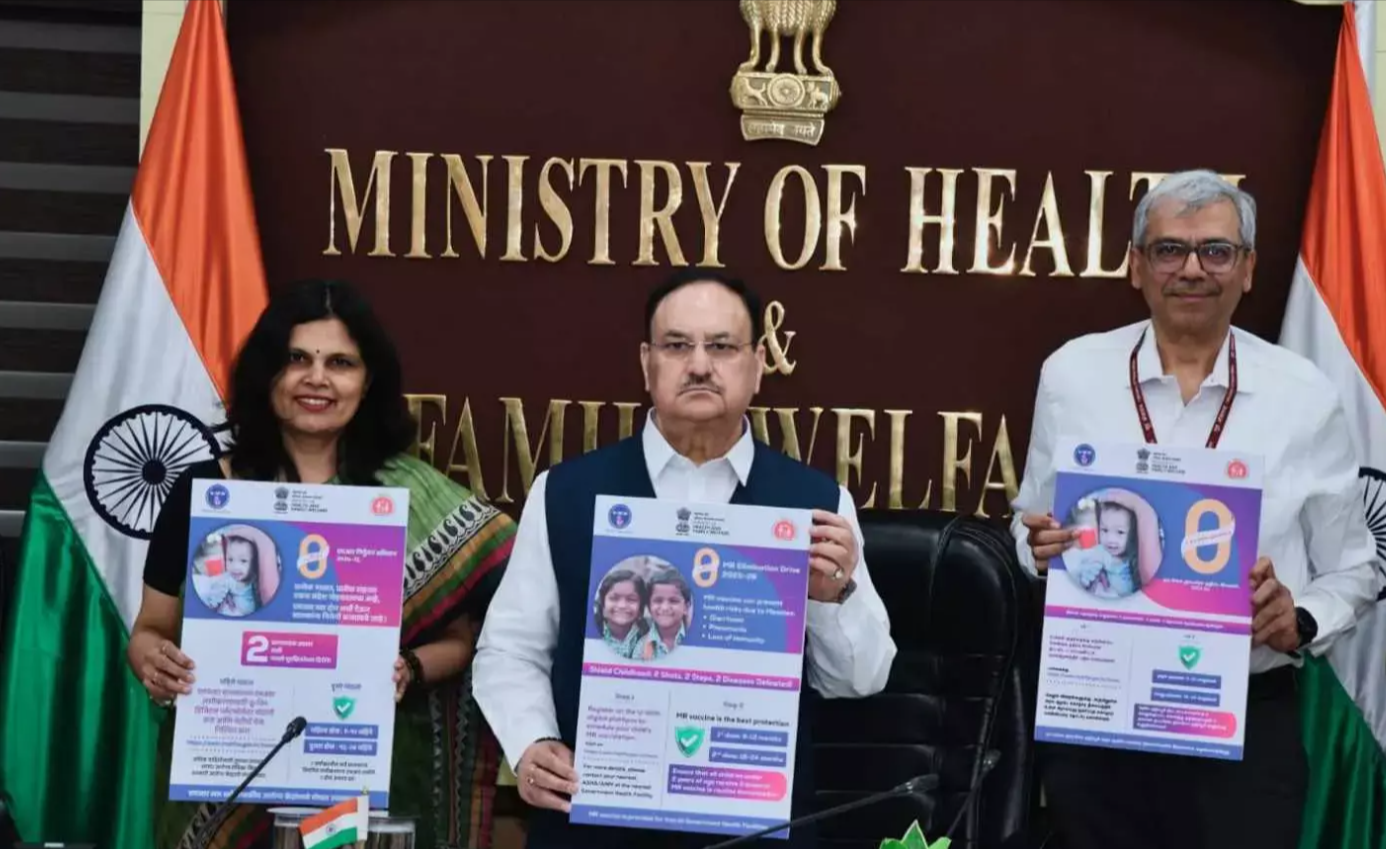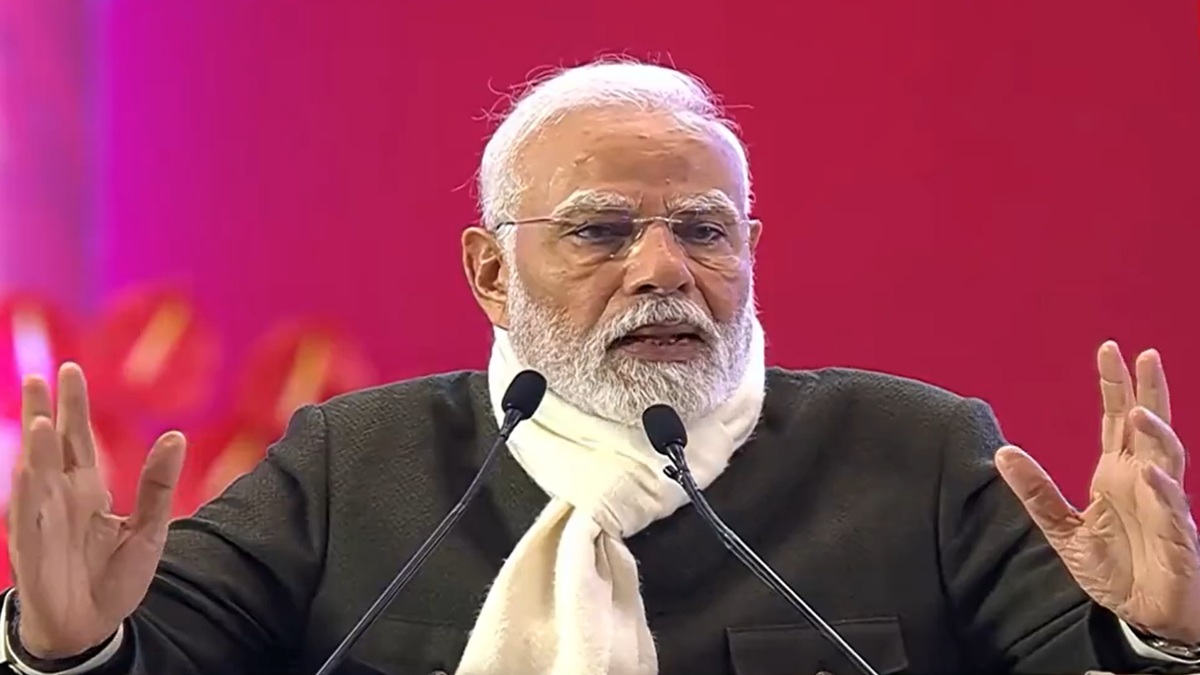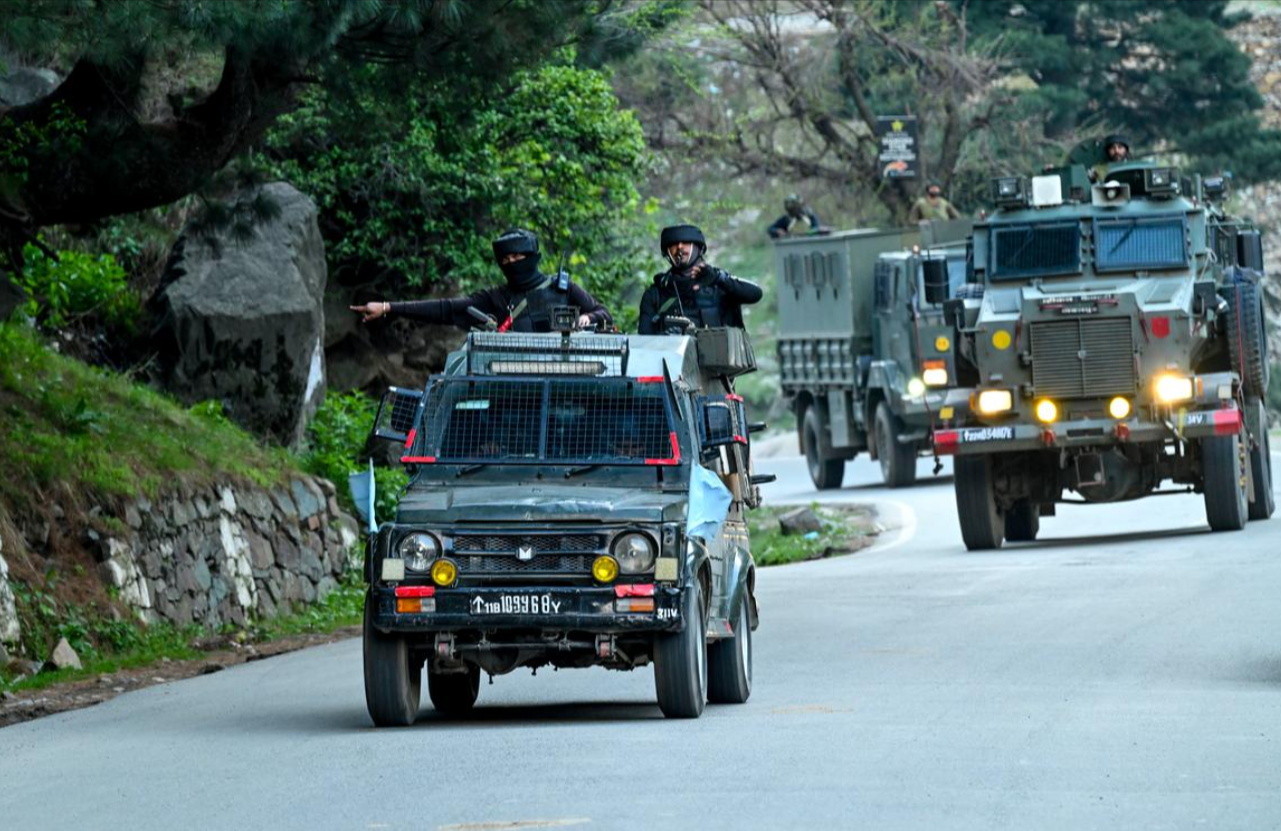
The National Council of Educational Research and Training (NCERT) works to update school textbooks according to the National Education Policy 2020 and curriculum reforms for expert content organization. New textbooks have been made available for Classes 4 and 7 at the 2025-26 academic term. The decision to combine various Social Science subjects into one book focuses on knowledge integration and lowering educational text weights.
Context:
-
As part of the educational reform for the 2025–26 academic year the NCERT presents Exploring Society – India and Beyond (Part 1) which consolidates History, Geography along with Social and Political Life into a single textbook for 7th grade students.
-
The textbook devotes its complete coverage to the Gupta period along with broad examination of early Indian history after eliminating previous content about medieval India from earlier editions.
-
Part 2 of the curriculum will finish its execution within several months.
Key Points:
Integration of Subjects:
-
The Social Science book now unites and substitutes the previous trio of Our Pasts–II (History), Our Environment (Geography), and Social and Political Life (Civics/Political Science).
-
Structured around five themes:
-
India and the World: Land and the People
-
Tapestry of the Past
-
Our Cultural Heritage and Knowledge Traditions
-
Governance and Democracy
-
Economic Life Around Us
-
History Content Focus (Part 1):
-
The book covers historical events from 1900 BCE through the 6th–9th century AD up to the downfall of the Gupta Empire.
-
Emphasis on ancient Indian kingdoms: Janapadas, Mahajanapadas, Mauryas, Guptas, and southern dynasties like Cholas, Cheras, and Pandyas.
-
Introduction of ancient scholars and figures: Kautilya (Chanakya), Panini, Kalidasa, Aryabhata, and Varahamihira.
-
Cultural references like Nalanda University, Vishnu Purana prophecies, and the sacredness of land in Indian traditions.
-
Relevant pictorial material from bronze sculptures discovered at Bharhut Stupa, as well as Udayagiri caves, alongside ancient sculptures.
Changes Compared to Old Textbook:
-
Previous content: Started from the 7th century AD (Delhi Sultanate, Mughals, Medieval India).
-
New content: Most medieval sections were omitted for future inclusion in Part 2.
-
Use of Sanskrit: The insertion of Sanskrit lexemes with diacritical marks achieves accurate pronunciation together with cultural precision.
Highlights of Themes:
-
Extensive religious pilgrimage activities show how holy locations gain sacred value such as seen in Kumbh Mela events.
-
The new textbook eliminates previous discussions of foreign Muslim invasions to study Indian internal political transformations and knowledge traditions that emerged within the nation.
Controversy over NCERT Syllabus changes
|
Aspect |
Details |
Concerns Raised |
|
Omission of Medieval History |
Focus only on ancient India; medieval period (Delhi Sultanate, Mughals) deferred to Part 2. |
Allegations of selective historical portrayal and erasure of Muslim contributions. |
|
Emphasis on Ancient Heritage |
Strong focus on ancient scholars, Sanskrit terms, Hindu traditions, and Indian knowledge systems. |
Seen as promoting cultural nationalism and ignoring India's diverse history. |
|
Subject Consolidation |
History, Geography, and Civics merged into a single Social Science book. |
Fears of loss of subject depth, reduced analytical skills development. |
|
NEP 2020 Alignment |
Changes justified under NEP 2020 goals of "Indianization" of education. |
Critics argue it may prioritize political ideology over neutral education. |
|
Future Coverage Uncertainty |
Medieval history promised in Part 2 but not yet released. |
Doubts about completeness, balance, and continuity in students’ historical understanding. |
Part 2 Expectations:
-
The text will address the Delhi Sultanate and the Mughals while exploring later Indian historical periods.
-
The entire section of content related to Geography and Political Science needs to be finished.
Conclusion:
A drastic educational change has appeared in Class 7 NCERT Social Science textbooks that unite students' learning with the study of India's deep historical and cultural legacies. The textbook matches NEP 2020 objectives because it directs learning toward Indian traditions and emphasizes early civilizations and native developments. The second installment of the academic framework will finish the year by linking medieval and modern historical content.



 Meghalaya to Host Strawberry Festival on 2-3 May, 2025 to boost agriculture
Meghalaya to Host Strawberry Festival on 2-3 May, 2025 to boost agriculture India Takes Major Strides Toward Malaria Elimination on World Malaria Day 2025
India Takes Major Strides Toward Malaria Elimination on World Malaria Day 2025 Former ISRO Chairman Dr. K. Kasturirangan Passes Away at 84
Former ISRO Chairman Dr. K. Kasturirangan Passes Away at 84 India Launches National ‘Zero Measles-Rubella Elimination Campaign 2025–26 with a Target to Eliminat
India Launches National ‘Zero Measles-Rubella Elimination Campaign 2025–26 with a Target to Eliminat Union Minister Dr. Mansukh Mandaviya Launches Issuance of Sports Certificates via DigiLocker and Ina
Union Minister Dr. Mansukh Mandaviya Launches Issuance of Sports Certificates via DigiLocker and Ina PM Modi Addresses India Steel 2025: Paving the Way for a Steel-Strong India
PM Modi Addresses India Steel 2025: Paving the Way for a Steel-Strong India Pahalgam Terror Attack 2025: About Pahalgam and India’s 5-Point Action Plan Against Pakistan
Pahalgam Terror Attack 2025: About Pahalgam and India’s 5-Point Action Plan Against Pakistan Pahalgam Terror Attack: What happened and way ahead
Pahalgam Terror Attack: What happened and way ahead Extension of Mission Anveshan: Boosting India’s Energy Security
Extension of Mission Anveshan: Boosting India’s Energy Security






